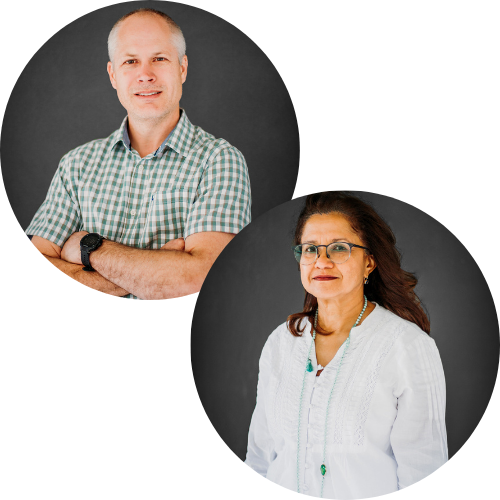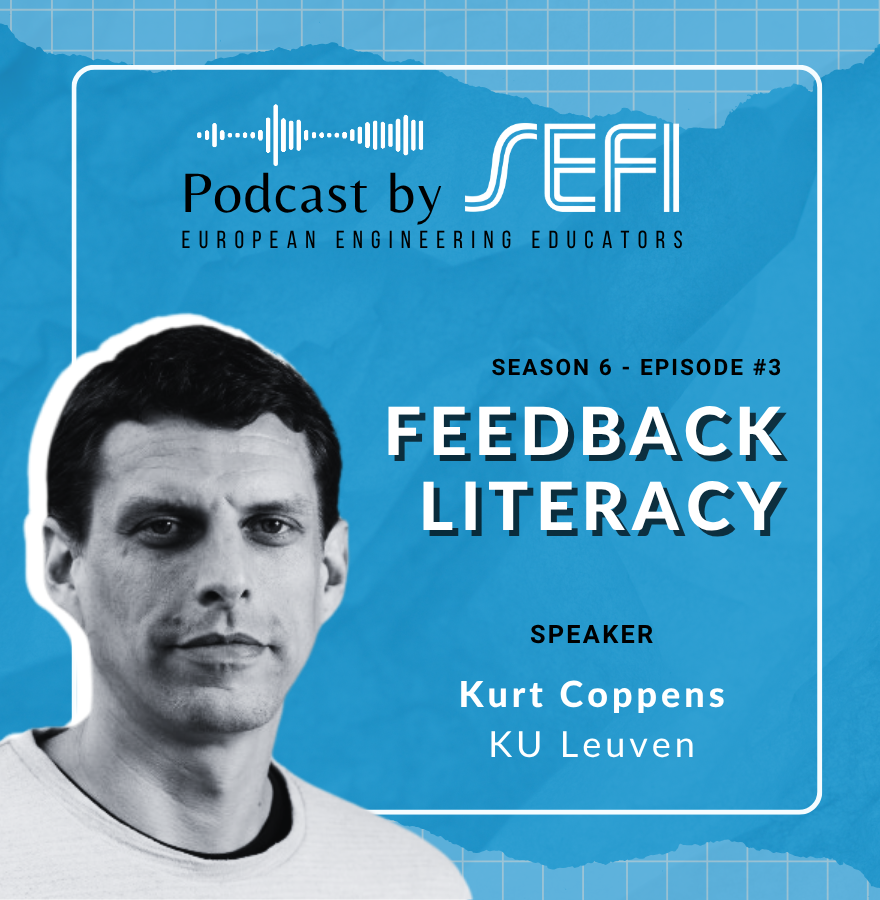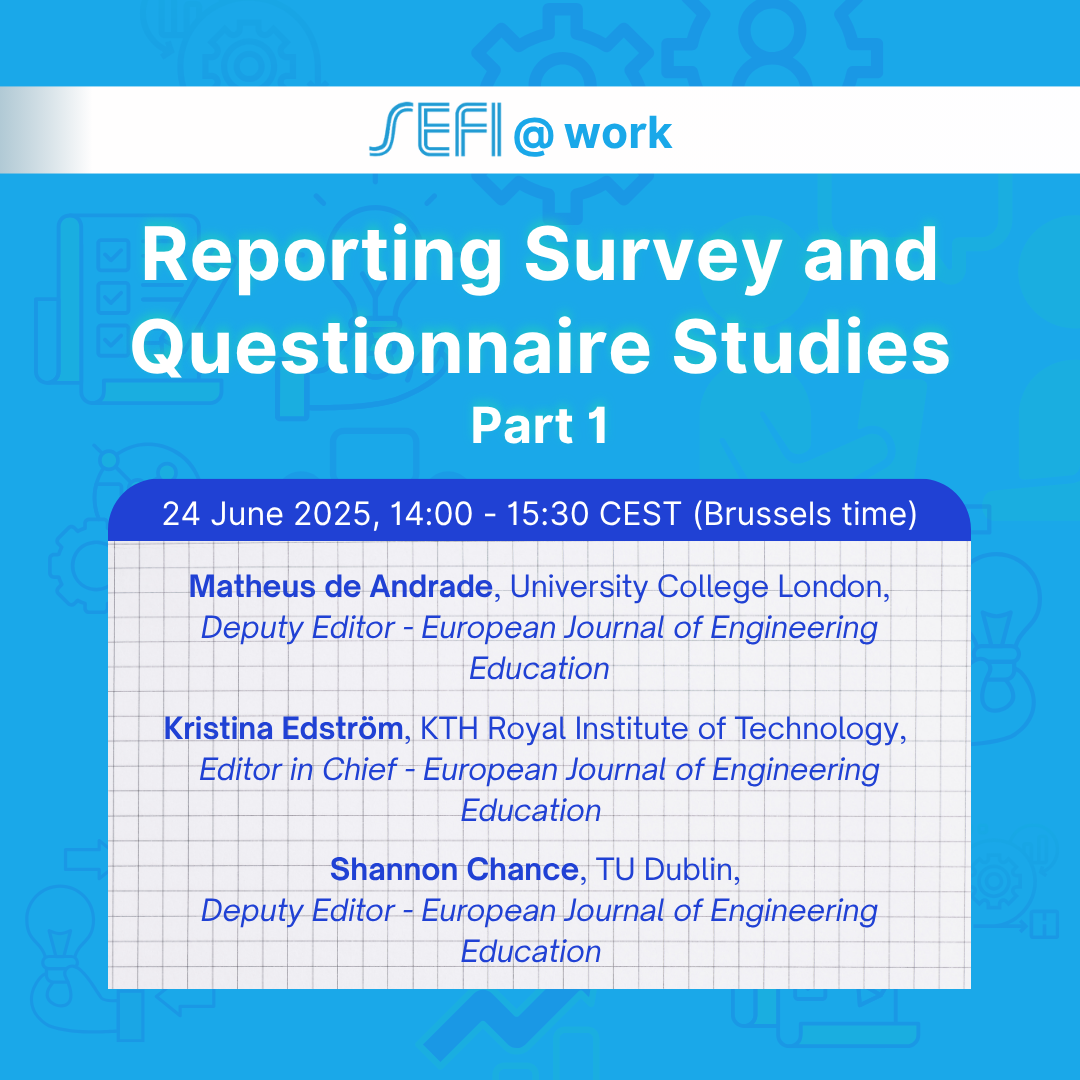Feedback is a somewhat perennial topic within higher education (HE), with increasing emphasis on students…
Malebogo Ngoepe, Corrinne Shaw, Kate le Roux and Brandon Collier-Reed (University of Cape Town, South Africa)

This editorial discusses an ethics case study used in a first-year level introduction to mechanical engineering course in South Africa, a context in which education development in engineering is merged with critical questions about what knowledge is, for whom and what for. This course aims to introduce a cohort of students with diverse demographics and experiences to the breadth of engineering practice relevant for emerging and contingent local imperatives of the historical, socio-political context, in a globally connected world. This practice includes technical engineering knowledge and application, design; issues of sustainability; ethics; teamwork; professional identity; and communication. The contemporary context in which such engineering practice takes place and engineering students’ experiences thereof, are inflected through the legacy of the racial, social, economic, knowledge, linguistic and geographical hierarchies that were entrenched during colonial and apartheid rule in South Africa.
Our teaching of engineering ethics specifically aims to create opportunities for students to engage with ethical considerations at the intersection of engineering practice and related historical, socio-political, economic, public health, and environmental realities (see Ngoepe, le Roux, Shaw, Collier-Reed, accepted). And to explore these in their multiple roles as future professional engineer, community member, citizen and engineering student, and the relations these roles involve. One case study we have used to create such opportunities is the case of silicosis and tuberculosis among miners employed in South Africa’s gold mining industry. This case, and mining itself, is intricately linked to South Africa’s socio-political and economic history and reflects the varying degrees of personhood granted to different individuals, at different times.
Occupational lung diseases such as silicosis and tuberculosis have been a feature of gold mining since South Africa’s ‘gold mining rush’ in the late 1800s, leaving miners chronically ill and unable to work. This issue is closely linked to legislative frameworks on health and safety in South Africa’s mines, initially shaped by colonial and apartheid rule. For example, in 1902 a commission was established to examine silicosis cases in gold miners, and in 1912, South Africa made compensation for occupational lung diseases, specifically silicosis and tuberculosis, possible. However, access to diagnostic support and compensation was replete with racial discrimination. A 1993 amendment, made during the transition to formal democracy, meant that mine workers of all races could seek compensation for workplace-related occupational lung disease.
Yet, even with this legislation in place, most affected workers were poorly compensated, if at all, and were sent home without any other prospects and without access to medical care. The loss of income affected entire family networks and communities, who were also faced with an increased burden of care. And it would take eighteen years and various court actions before a landmark legal judgment on compensation was made in 2011. In this judgement, the highest court in South Africa ruled that a miner could sue a gold mining company for occupational lung disease. This ruling formed the foundation of a class action suit (settlement came into effect in 2019), where a small, representative group of miners stood for all current and former gold miners who had contracted silicosis. The compensation of affected individuals or their dependents has been ongoing.
In our first-year classroom we find this case productive for, as a start, exploring the meaning of the engineering values of competency, integrity, public interest, environment, and dignity of the profession as described in the ethics code for professional engineering in South Africa (ECSA, 2017). These are the values to which, for example, an engineer as a health and safety compliance officer, or designer of the equipment that creates the silica dust inhaled by the miners must ascribe. However, since the case locates this role in a complex historical, socio-political context that involves relations to multiple others and to the environment, we have opportunities to explore such values in greater depth, and for students to engage with ethical considerations as their current selves, not only in their future roles as professionals. Using the pedagogies described in our work (see Ngoepe, le Roux, Shaw, Collier-Reed, accepted), we aim to create a space where multiple, and oftentimes opposing, perspectives and experiences can be shared, based on varied histories and experiences. For example, the case brings into view how the work of engineers and their choices have long term implications for thousands of individuals, their families, and communities (indeed, the communities of some students in the class). It brings into view consideration of responsibility, thus countering arguments that engineering practice acts at a ‘distance’ and cannot be held accountable for the use of its design.
References
Ngoepe, M., le Roux, C., Shaw, C., & Collier-Reed, B. (accepted). Conceptual tools for reflexive practice in engineering ethics education: Toward negotiating between student socialisation and critical reflection. Science and Engineering Ethics. Forthcoming.

